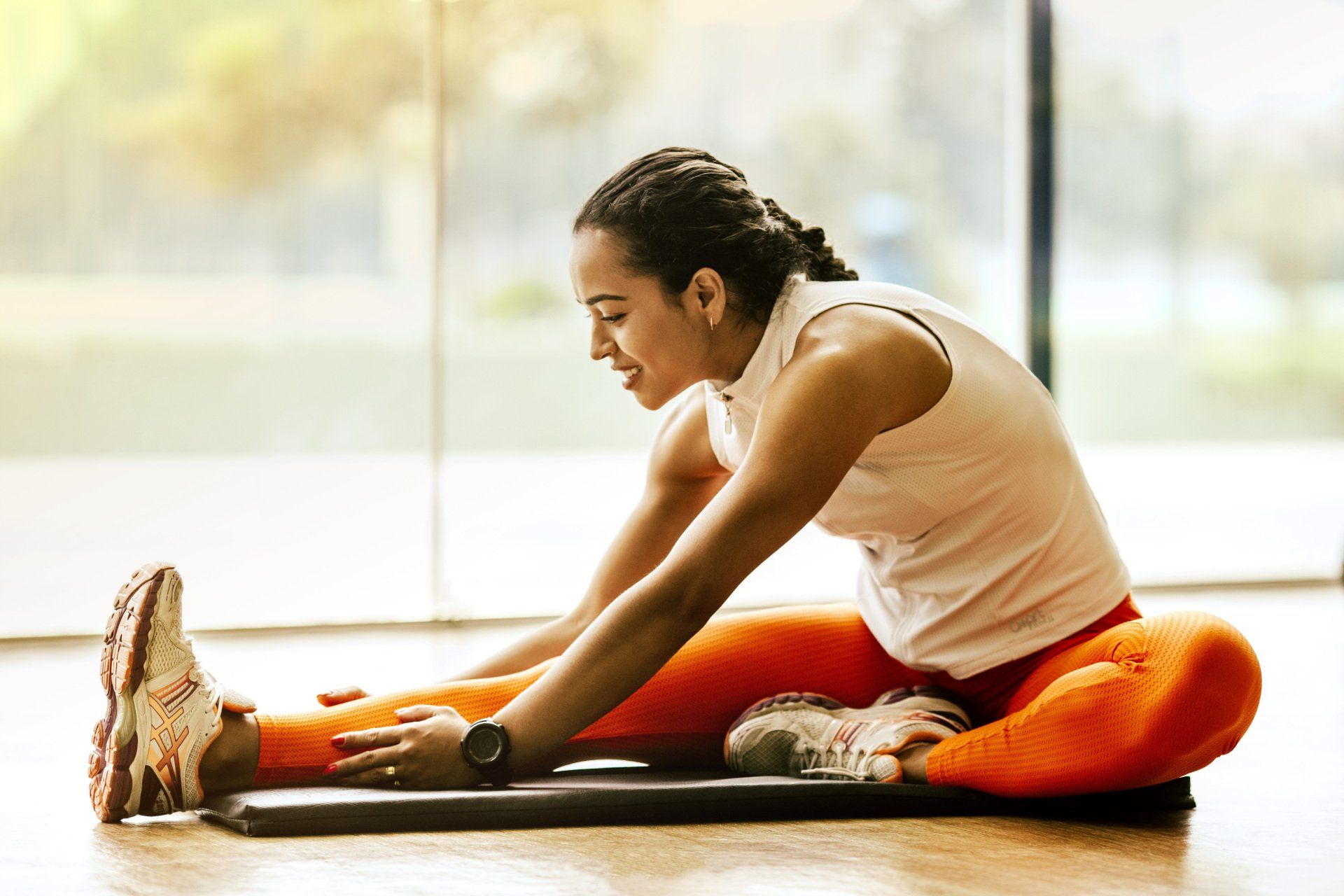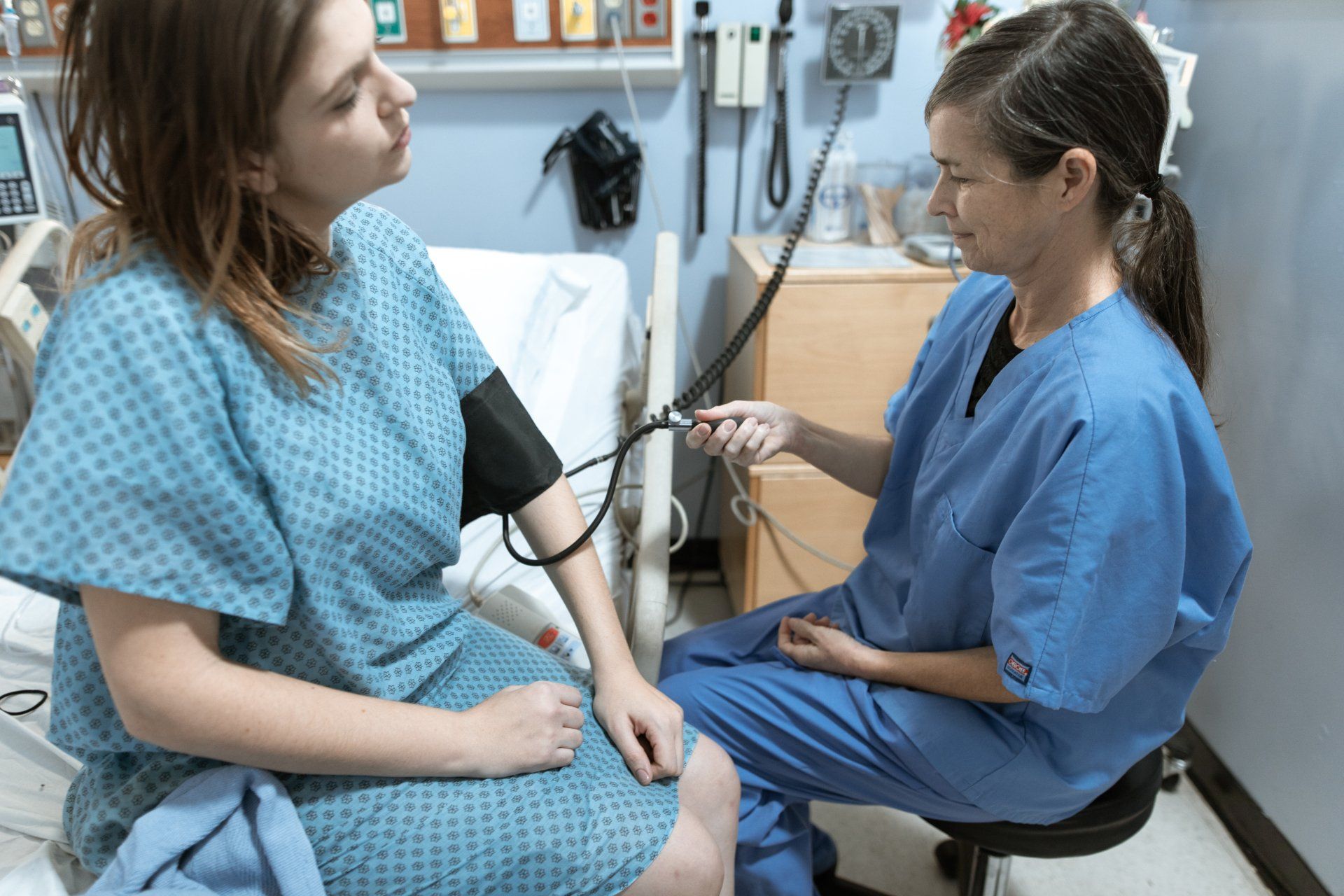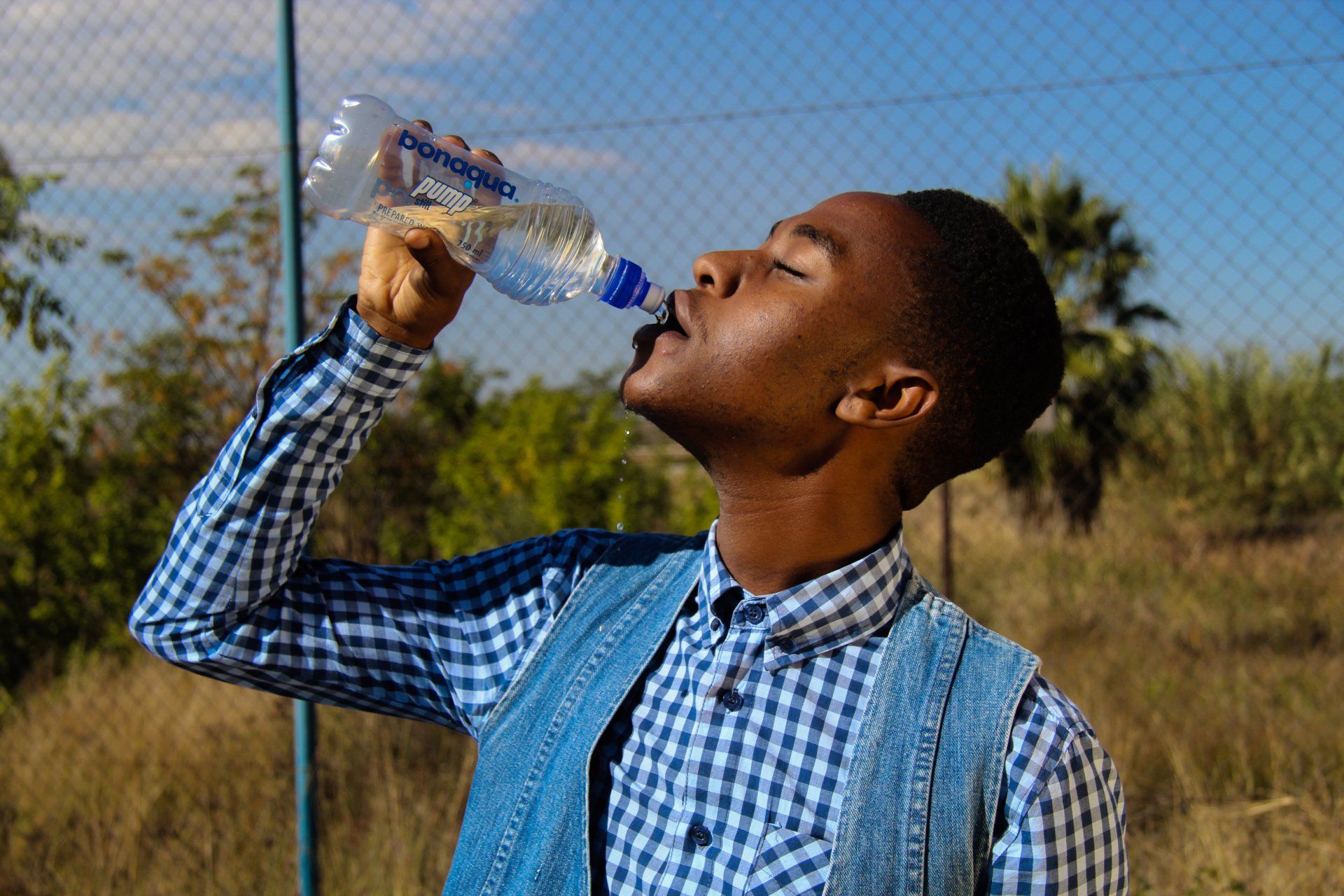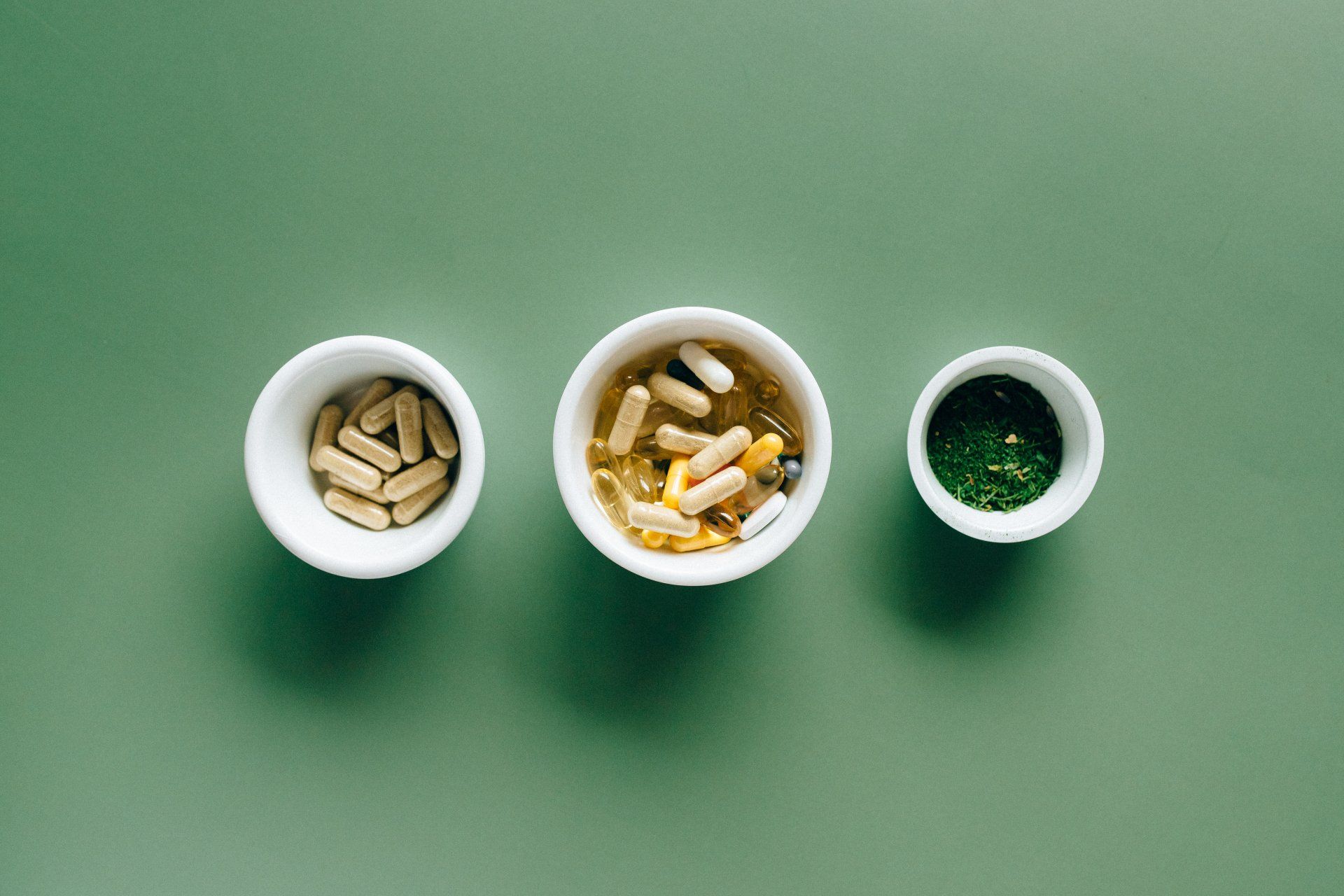Benefits of Exercise for Women

Exercise is the active movement of the body to expend energy. It burns calories and maintains health and fitness.
I bet you know that exercise is good and improves well-being, but how often do you engage in it?
By the end of this article, you will see the immense benefits of exercise and have a stronger reason to block out time for it.
It can be tiring for women to have a consistent exercise routine due to:
- Time constraints.
- Family obligations.
- Career pursuits.
- Sickness.
- Lack of motivation
These reasons are enough to make you remove exercise from your schedule or forget about it altogether.
Why should you exercise?
A 1988 to 2010 survey reported a spike in women who do not exercise. It rose from 19.1% to 51.7%.
A sedentary lifestyle has adverse consequences, such as increasing your risk of developing some diseases. This could be prevented with a more conscious attempt to exercise regularly.
Some benefits of exercise to women:
- Weight loss
Being overweight or obese has increasingly become a global crisis.
The World Health Organisation states that almost 60% of European adults are obese or overweight. At the same time, The World Obesity Federation predicts that global obesity rates will rise to 18% in men and 21% in women by 2025.
A more worrisome prediction is that it will reach 51% by 2035. That means over half the world's population will be overweight or obese.
Certain things may increase your risk of gaining weight:
Moreover, the major things that can make you gain weight are:
- Physical inactivity
- Unhealthy eating habits as suggested by BMJ Open.
Simply put, eating more calories than you are burning off causes weight gain.
Some studies have indicated that being overweight or obese can put you at risk of developing some diseases, including cardiovascular disease and type II diabetes.
Despite these worrisome facts, the good news is regular exercise and a healthy diet may help you lose weight.
- Brain Health
Exercise can boost your brain strength and aid you to think, learn, and problem-solve better.
It may promote new brain cell formation and improve cognitive abilities such as memory, focus, and reasoning.
According to Psychological Medicine, exercise can lower cognitive impairment risks such as Dementia and Alzheimer's by 28% and 45%, respectively.
- Improved sleep
According to The National Heart, Lung, and Blood Institute, insufficient sleep could devastate physical and mental health over time.
Many studies show a person's sleep quality affects physical health and causes emotional irritability, depression, and low attention span.
Over time it could cause health concerns, such as hypertension, diabetes, and other endocrine disorders.
Fortunately, regular exercise improves sleep quality.
Much research on the effects of exercise on sleep quality supports this assertion, such as the one published in The Journal Of Maturitas on exercise enhancing sleep quality in middle-aged women.
Another study published in The Health Psychology suggested older adults with poor sleep quality due to physical inactivity could improve sleep quality with moderate-intensity exercise.
- Cancer prevention
Exercise may reduce the incidence of cancer, especially colon and breast cancer.
More so, regular exercise may improve health even in established cancer cases.
According to the American Cancer Society, exercise is associated with a lower risk of several types of cancer, including:
- breast cancer
- prostate cancer
- colon cancer
- endometrial cancer
- pancreatic cancer
- Bone Strengthening
Exercise strengthens the bones as well as other tissue in the body.
It improves bone mineral density by increasing the rate at which new bone cells form, which can decrease the chances of a fracture.
Exercise can help prevent bone loss caused by lower estrogen levels in post-menopausal women. But you don't have to wait till after menopause to start exercising. Start now!
According to the National Institute of Arthritis and Musculoskeletal and Skin Disease, the best exercise for stronger bones are weight-bearing exercises that make you work against gravity like:
- walking
- hiking
- jogging
- climbing stairs
- playing tennis
- dancing
- resistance exercise like weight lifting
- Heart health
Recent findings have associated being active with a greater than 50% reduction in risk of death, as The American Journal Of Preventive Medicine suggested.
According to a report by The New England Journal Of Medicine, physically inactive middle-aged women who did less than 1 hr of exercise per week experienced a 52% increase in all causes of death, a doubling of heart disease-related deaths, and a 29% increase in cancer-related deaths than physically active women.
- Diabetes prevention and management
Exercise could aid in preventing and managing diabetes and may improve glucose balance in the body. Regular exercise may improve how your body responds to insulin.
The American Journal Of Preventive Medicine confirmed physical activity in older adults with diabetes could be rewarding even if only done once a week.
The American Diabetes Association suggests adults with diabetes should indulge in both aerobic and resistance exercises.
Always talk to your healthcare provider before beginning any exercise routine, especially a rigorous one.
- Increased productivity and positive outlook
A few minutes of exercise could improve mood, anxiety, focus, and concentration.
Many studies have confirmed that exercise can improve your mood, such as those published in The Brain Plasticity, The Journal Of Psychology, and The Journal Of Psychosomatic Research.
The American actress and model Bridget Moynahan may have spoken from experience when she said, "If you are healthy all around, you will feel better, and if you feel better, you will have a more positive outlook." It's all connected.
Ditch the excuses and exercise to give your brain the boost it needs to perform well.
- Increased longevity
Exercising doesn't just improve your overall health and well-being but may help you live longer. Being physically active, regardless of the activity you are engaging in, is much better than not being active at all.
An article published in Circulation indicates exercising more than the recommended amount may have even more health benefits.
The current recommendations are 150 to 300 minutes of moderate activity or 75 to 150 minutes of vigorous exercise weekly.
I hope this article inspires you to exercise regularly to prioritize your health and well-being.
References
Uri, L. 2014, March. Obesity, Abdominal obesity, physical activity and caloric intake in US adults:1998-2010. The American Journal Of Medicine. https://www.who.int/news-room/fact-sheets/detail/physical-activity
Kluge H.H.P. 2022, March. Weltgesundheitsorganisation Regionalbüro für Europa. WHO European regional obesity report. n.d https://www.ncbi.nlm.nih.gov/pmc/articles/PMC9107388/#bb0100
Bergstrom, A. 2001,June. Overnight as an avoidable cause of cancer in Europe. https://pubmed.ncbi.nlm.nih.gov/11169969/
Ni, M.A. 2004, August. Asian Pacific cohort studies, collaboration body mass index and cardiovascular disease in the Asia-Pacific region: an overview of 33 cohorts involving 31000 participants. International Journal Of Epidemiology. https://pubmed.ncbi.nlm.nih.gov/15105409/
Macon is, R.J. 2006, October. Body size and prostate cancer: systematic review & meta-regression analysis. Cancer Causes Control.https://pubmed.ncbi.nlm.nih.gov/16933050/
Hamer, M. 2009, January. Physical activity and risk of neurodegenerative disease: a systematic review of prospective evidence. Psychological Journal. https://pubmed.ncbi.nlm.nih.gov/18570697/
National Heart, Lung, and Blood Institute. 2022, June. Sleep deprivation and deficiency, how sleep affects your health. https://www.nhlbi.nih.gov/health/sleep-deprivation/health-effects
Michael, R.I. 2016, July. Why sleep is important for health: a psychoneuroimmunology perspective. Annual Review Of Psychology. https://www.ncbi.nlm.nih.gov/pmc/articles/PMC4961463/
Jacob, A.R. 2027, June. Effect of exercise on sleep quality and insomnia in middle-aged women: A systematic review and meta-analysis of randomized controlled trials. Mauritas. https://pubmed.ncbi.nlm.nih.gov/28539176/
Matthew, P.B. 2012, September. Moderators and Mediators of Exercise-Induced Objective Sleep Improvements in Midlife and Older Adults with Sleep Complaints. Health Psychology. https://www.ncbi.nlm.nih.gov/pmc/articles/PMC3210555/
The Surgeon General Report. 2019, December. Bone health and osteoporosis. National Institute of Arthritis and Musculoskeletal & Skin Disease. http://catalog.niams.nih.gov/search/Exercise%20for%20bone%20strength%20
Jonathan M. 2004, Dec. Fitness versus physical activity patterns in predicting mortality in men. American Journal Of Preventive Medicine.
https://linkinghub.elsevier.com/retrieve/pii/S0002-9343(04)00622-9
Frank, B.H. 2004, December. Adiposity as compared with physical activity in predicting mortality among women. The New England Journal of Medicine. https://www.nejm.org/doi/10.1056/NEJMoa042135?url_ver=Z39.88-2003&rfr_id=ori:rid:crossref.org&rfr_dat=cr_pub%20%200www.ncbi.nlm.nih.gov
Katrina, L.P. 2018, November. Physical Activity Guidelines for Americans from the US Department of Health and Human Services. Circulation Cardiovascular Quality Outcome. https://pubmed.ncbi.nlm.nih.gov/15616204/
The American Diabetes Association Professional Practice Committee. 2022, January. Facilitating behaviour change and well-being to improve health outcomes: standards of medical care in diabetes. https://diabetesjournals.org/care/article-lookup/doi/10.2337/dc22-S005
Julia, C.B. 2017, March. The effects of acute exercise on mood, cognition, neurophysiology and neurochemical pathways: A review. Brain plasticity. https://www.ncbi.nlm.nih.gov/pmc/articles/PMC5928534/
Shing-Yu, C. 2019, January. Special Issue -Therapeutic benefits of physical activity for mood: A systematic review on the effects of exercise intensity, duration and modality. The Journal Of Psychology. https://www.researchgate.net/publication/328300714_Special_Issue_-_Therapeutic_Benefits_of_Physical_Activity_for_Mood_A_Systematic_Review_on_the_Effects_of_Exercise_Intensity_Duration_and_Modality
World Health Organisation. 2020, November. Every move counts towards better health. https://www.who.int/news/item/25-11-2020-every-move-counts-towards-better-health-says-who
World Health Organization. 2022, October. Physical Activity. https://www.who.int/news-room/fact-sheets/detail/physical-activity
American Cancer Society. June 2020. American Cancer Society guidelines for diet and physical activity.American Cancer Society Journal. https://www.cancer.org/cancer/risk-prevention/diet-physical-activity/acs-guidelines-nutrition-physical-activity-cancer-prevention/guidelines.html
Thank you for reading Patient Education Essentials, the Write Shift RN blog.
Disclaimer: This article was written as a guest post for Write Shift RN LLC's blog. The information in it may not be wholly fact-checked or edited, allowing the reader to see the writer's work and skills firsthand. This information is not intended as medical advice. It is for informational and educational purposes only. Always talk to your doctor or other qualified healthcare providers about any questions or concerns you may have regarding medical conditions.











